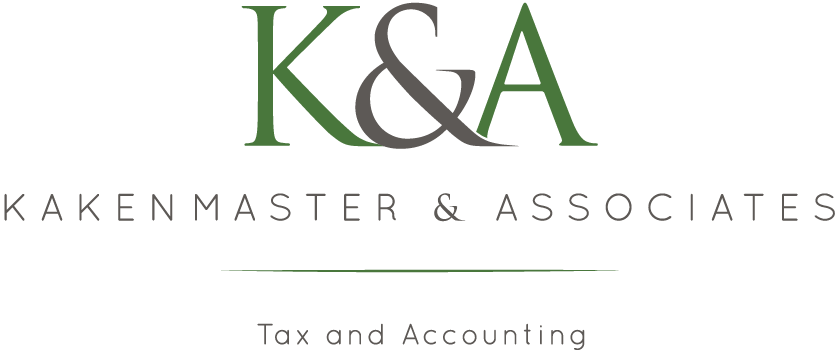If you had to install special equipment in a home or had to make improvements to accommodate medical care for you, your spouse, or your dependent, you can include these as medical expenses. If the cost of permanent improvement increases the value of your property, the cost of the improvement is reduced by the increased value of the property, and this is the amount you can claim as a medical expense.
Improvements made to accommodate a home for you, your spouse, or dependents that live with you usually don’t increase the value of your home and can normally be included as a full medical expense. These improvements include, but are not limited to: constructing entrance or exit ramps for your home; widening doorways at entrances or exits to your home; widening or otherwise modifying hallways and interior doorways; installing railings, support bars, or other modifications to bathrooms; lowering or modifying kitchen cabinets and equipment; moving or modifying electrical outlets and fixtures; installing porch lifts and other forms of lifts; modifying fire alarms, smoke detectors, and other warning systems; modifying stairways; adding handrails or grab bars anywhere; modifying hardware on doors or areas in the front or exit doorways; and grading the ground to provide access to the residence. Changes that are architectural or for aesthetic reasons aren’t medical expenses. Note that the operation and upkeep of these capital assets are also considered a medical expense if the main reason for them is medical care. Visit www.irs.gov/pub502 for a capital expense worksheet that will help determine the amount you can include as a medical expense.

